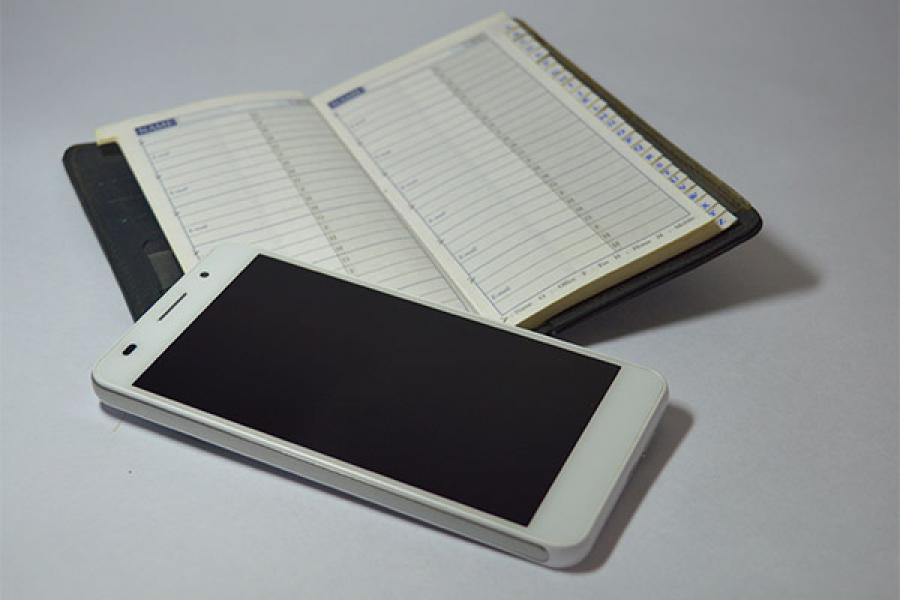Dog-eared address books are dead: Social media is the new locator
No matter where we live or work, our online avatars are the surest way to reach us
Image: Shutterstock
In the 1980s, the way to permanently locate someone was through their home address for post and fixed line for communications. Remember how mum and dad would keep a telephone book on the sideboard by the landline connection? This would usually be a dog-eared fake-leather bound volume with the letters of the alphabet running down the side as section dividers. ABC, DEF, and so on, down to WXYZ all clubbed together. Familiar entries would have addresses and numbers crossed and re-crossed out, and when all the white space on the line was finished, they would be re-entered sideways in the margin of the page. The address book was the most important reference book in the household, and took centre stage for occasions when we’d send cards such as Christmas and its cultural equivalents. Our fixed communications provider and the postal service (often the same organisation) were the gatekeepers, and as far as telephony was concerned, we paid a fairly hefty price for the privilege of being connected.
By the 2000s, our permanent locator no longer contained a physical address because most of us were no longer posting each other cards or letters, so we didn’t need to write down everyone’s address. In fact, the address book had almost disappeared completely. And for most, we didn’t record a fixed line number either, as this would change whenever people moved homes. There was a much better alternative now: The mobile phone number. Mobiles took over as the new constant because as we moved from street to street or city to city, the mobile number would remain the same (thanks also to number portability). Our mobile communications provider became the new and more reasonable gatekeeper, and we paid a keen (and not hefty) price for the privilege as there was a lot more competition in the market.
By the mid-2010s, our permanent locator no longer contains a physical address or a fixed line number; not even a mobile number. Now the permanent locator of last resort has become the social network profile. No matter where we live or work, anywhere on earth, or whether we are temporarily away from home on holiday or business, our LinkedIn profile, Facebook page or WhatsApp accounts are the surest way to reach us. We can use these methods to even reach people we know but who we haven’t spoken to in 20 years (such as old school friends), or to find people we don't know! There isn’t a single gatekeeper any more, and the price to be reachable is virtually free, because all of this is done over the internet and the only cost involved is anything being paid for internet access.
I lost my phone last month and with it a clutch of phone numbers, the ones which were saved to my device rather than virtually. How am I retrieving lost numbers? By sending people LinkedIn or Facebook messages. Losing the numbers has therefore been irritating rather than devastating, thanks to social media.
The three phases of permanent locator we have been through in the past 30 years illustrate how the centre of gravity has shifted in the communications world from fixed to mobile to social media. But while fixed line players have conceded relevance in this matter, mobile operators don’t need to, provided they can show customers that they bring essential value to the delivery, security and enrichment of the communications experience.
Follow me @mtchowdhury
The thoughts and opinions shared here are of the author.
Check out our end of season subscription discounts with a Moneycontrol pro subscription absolutely free. Use code EOSO2021. Click here for details.

